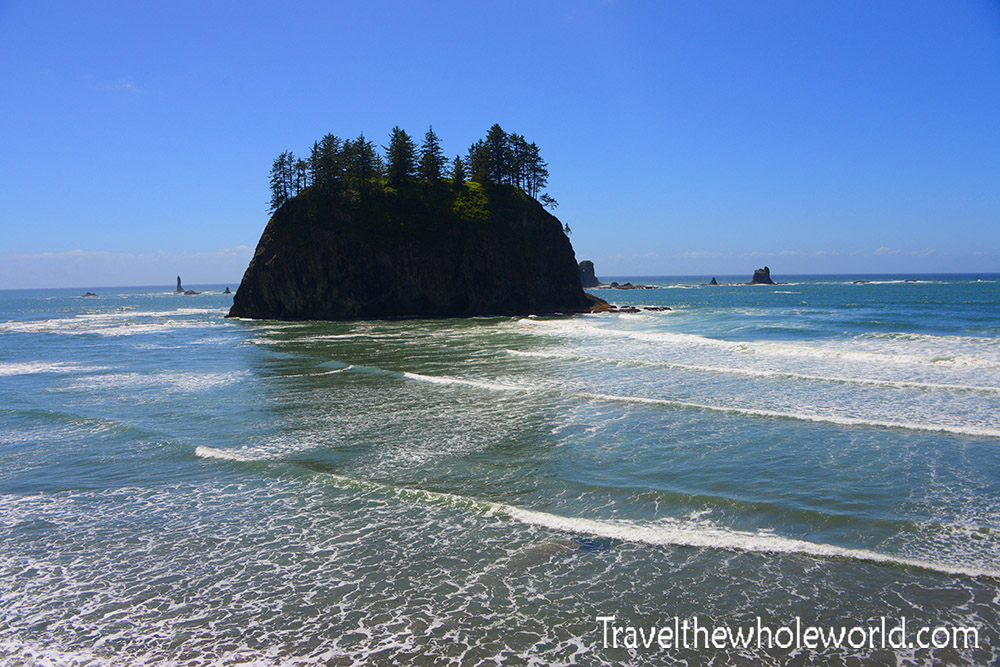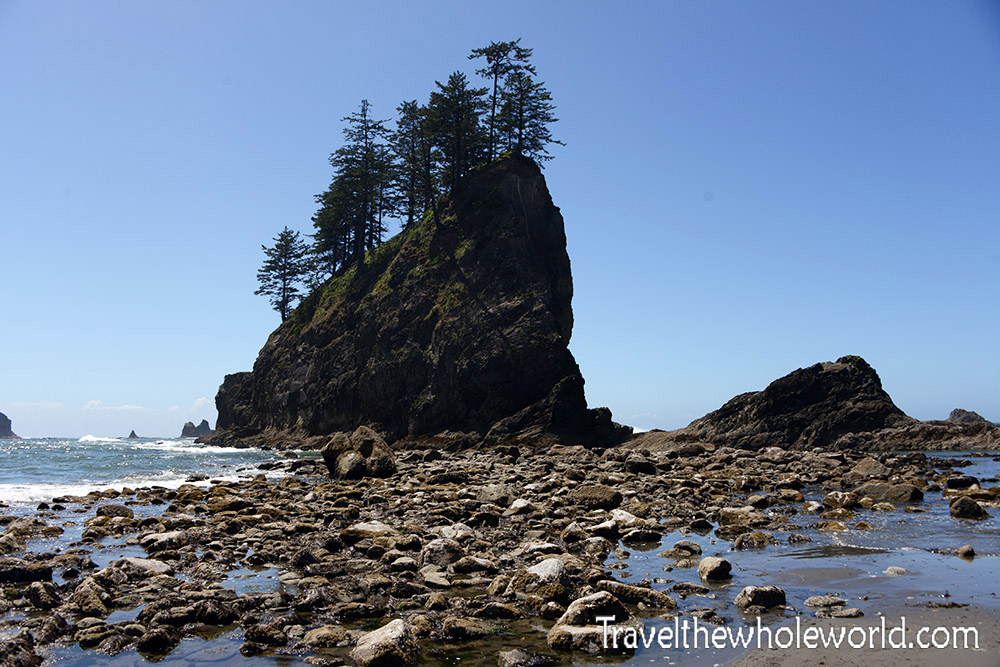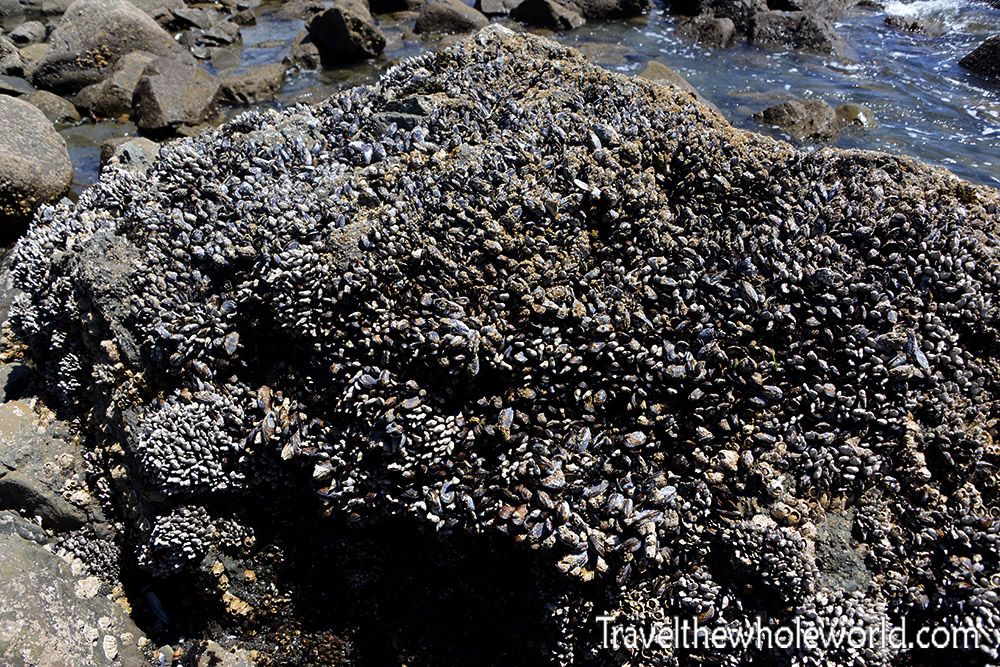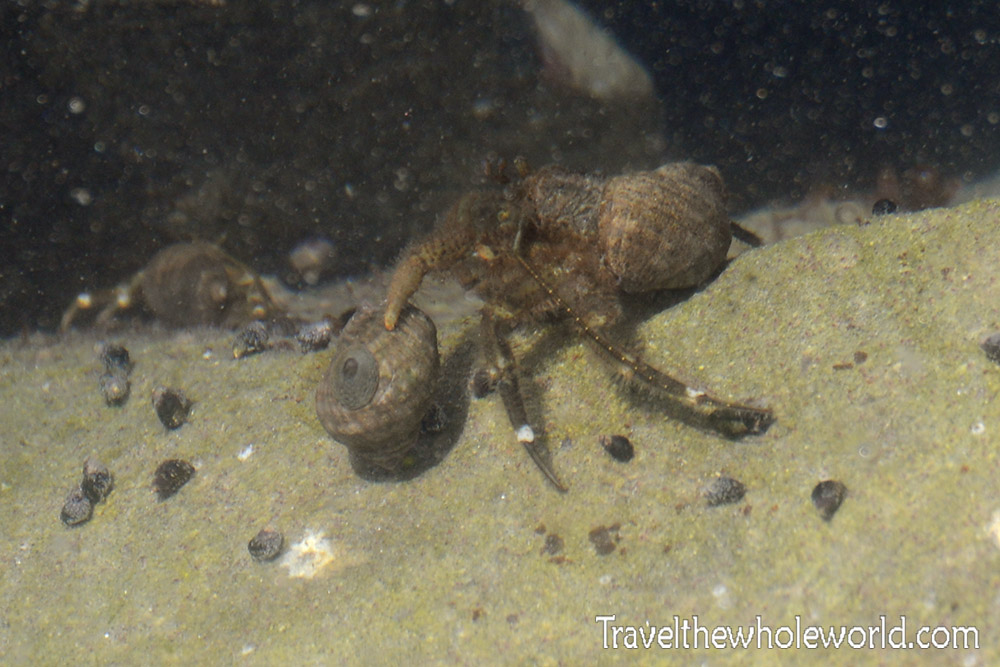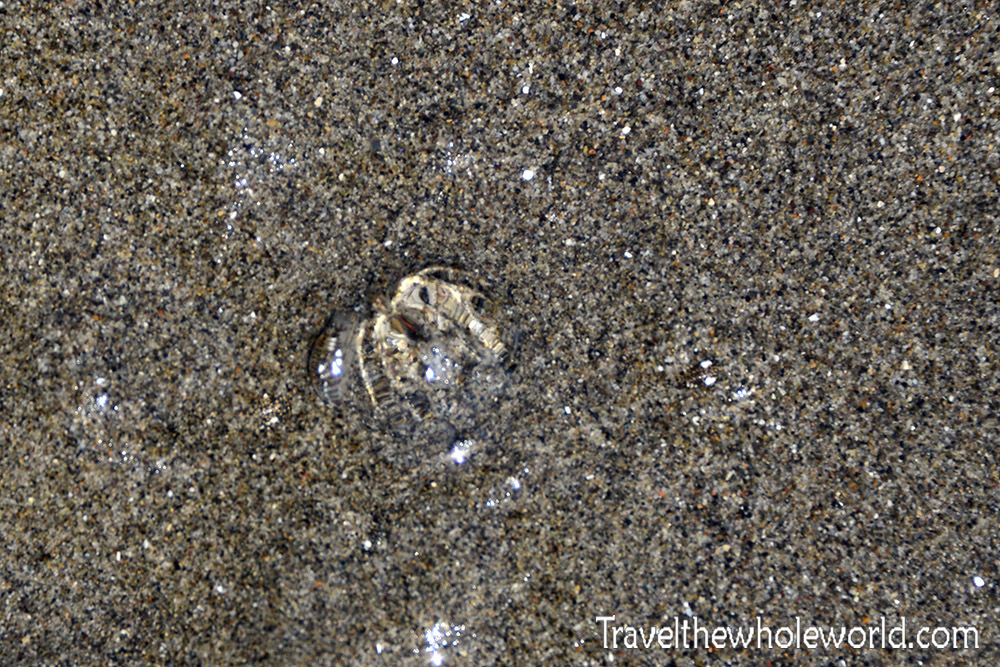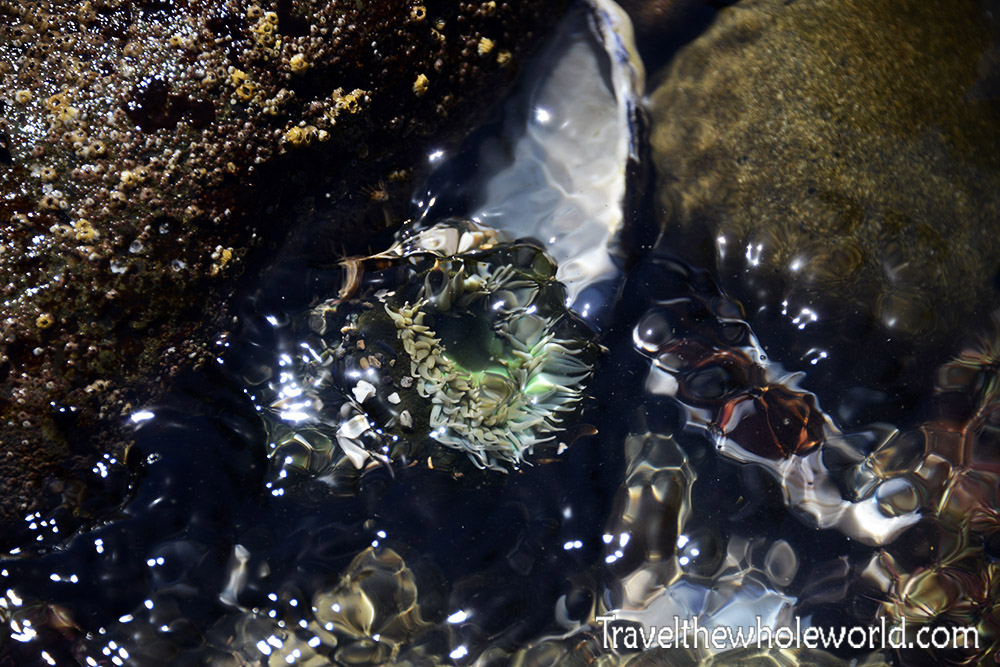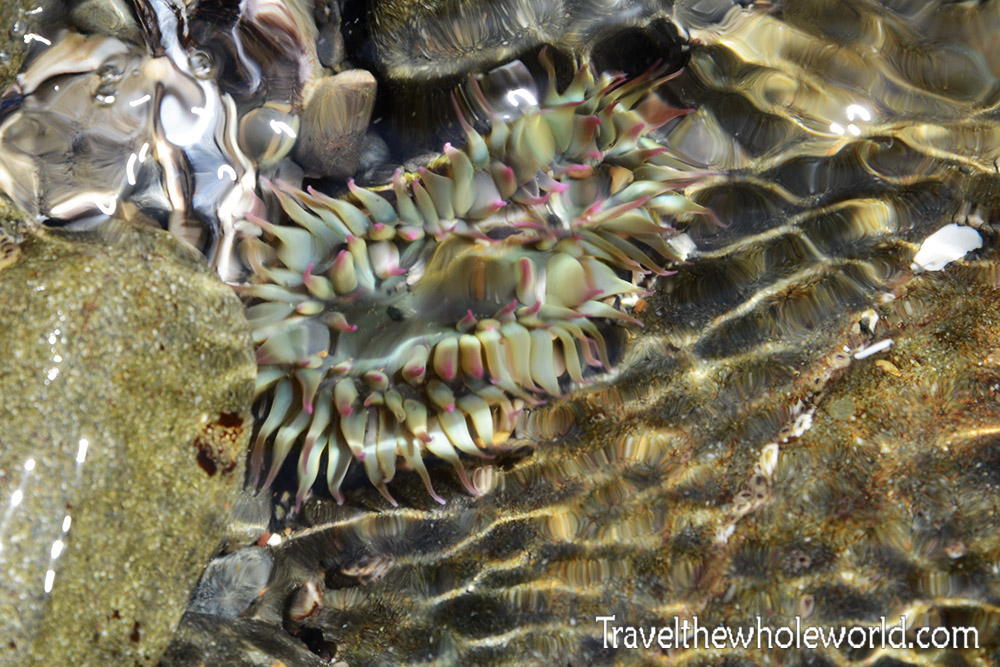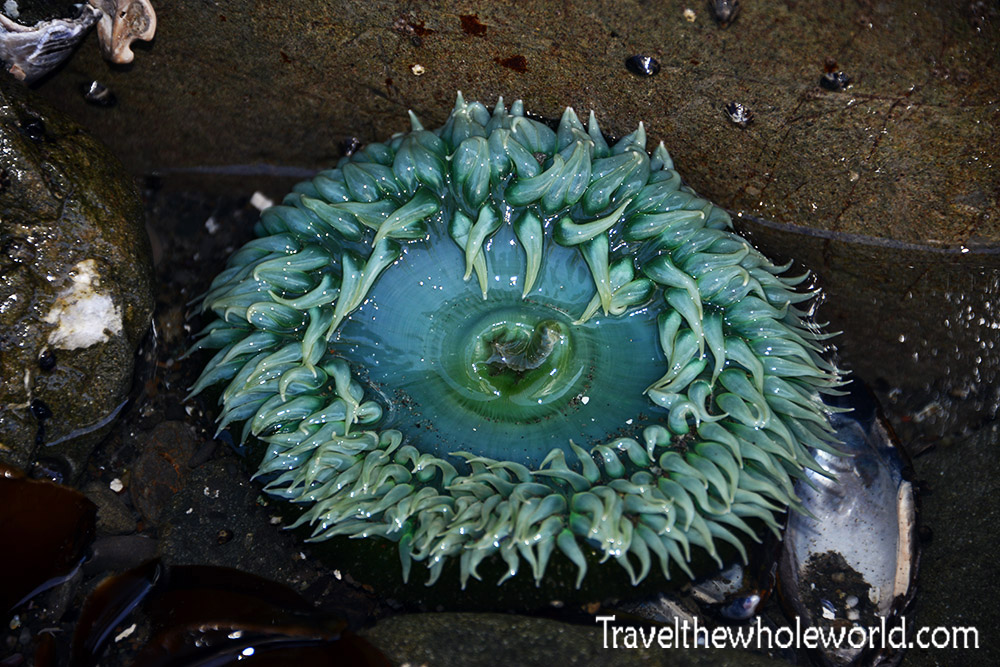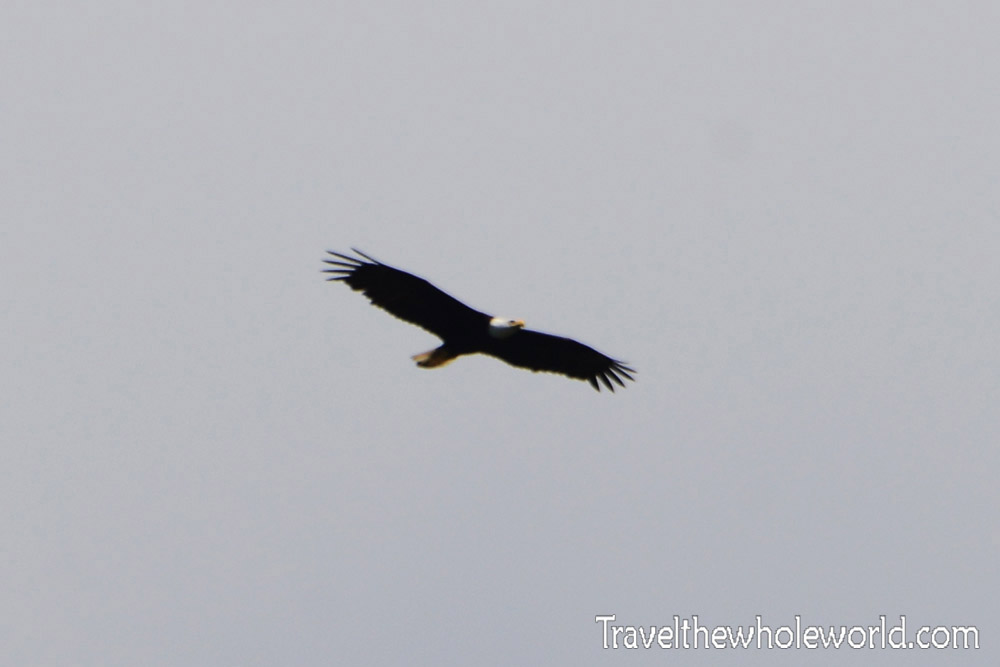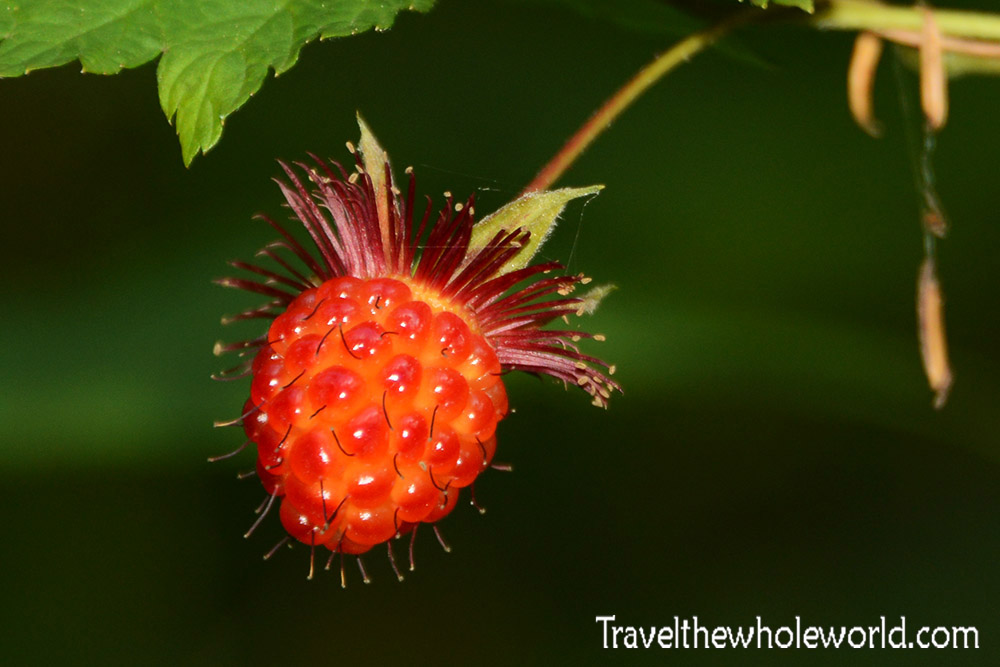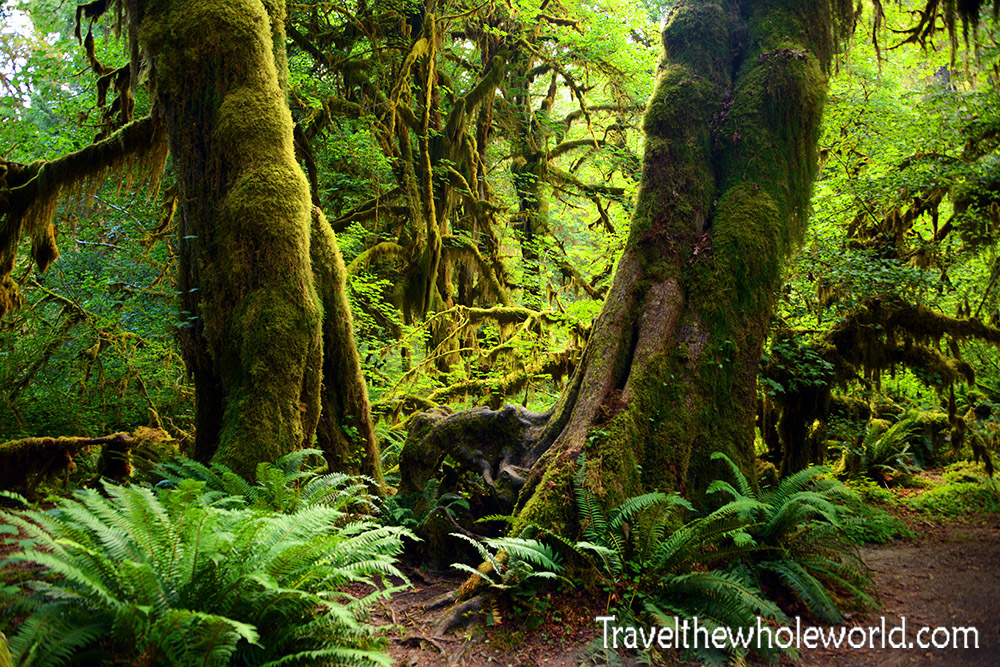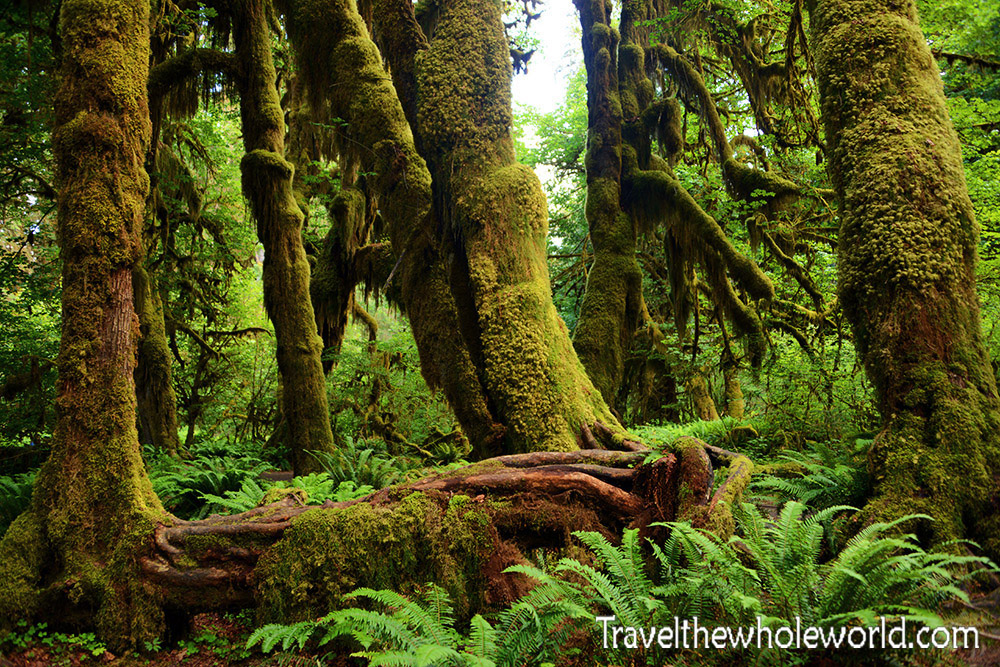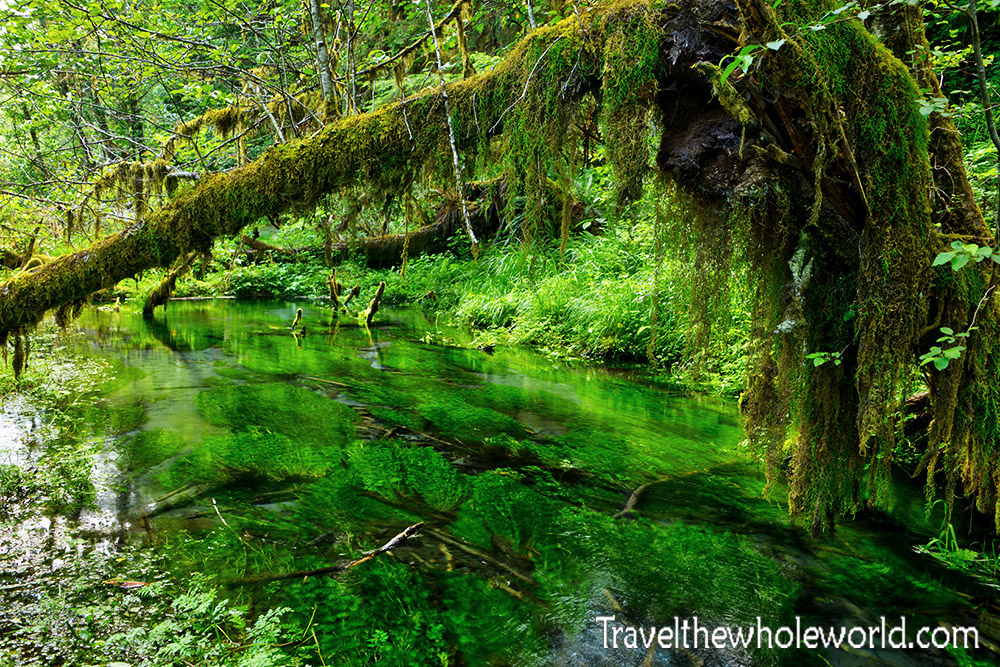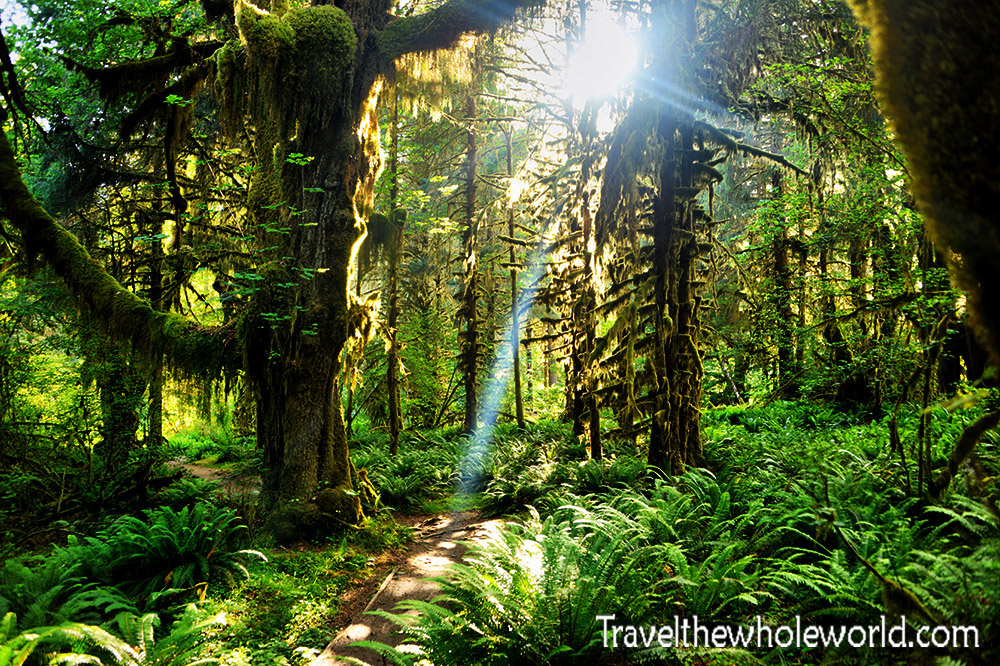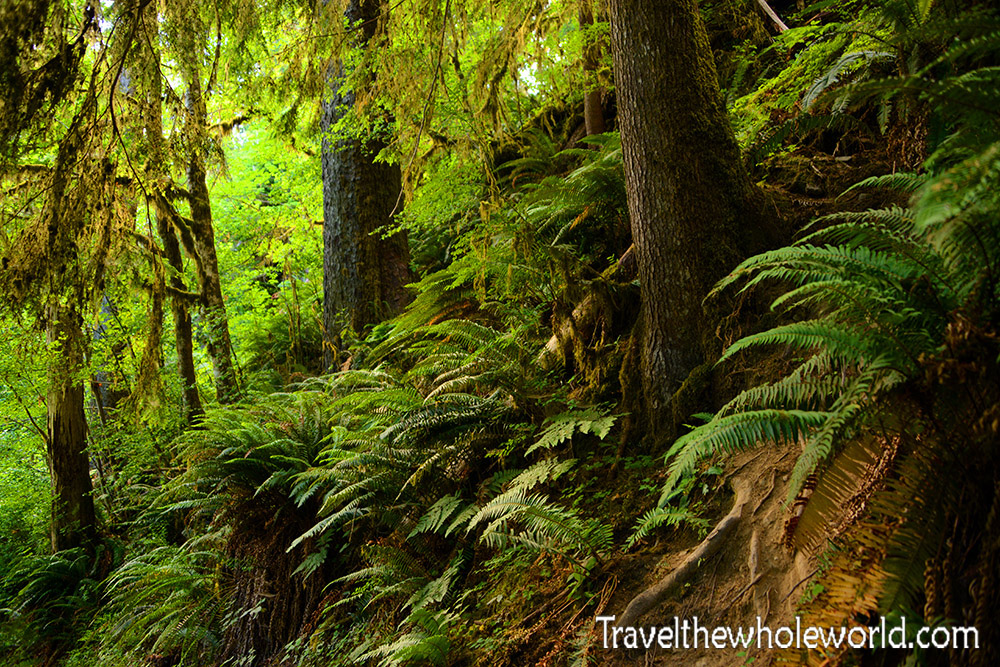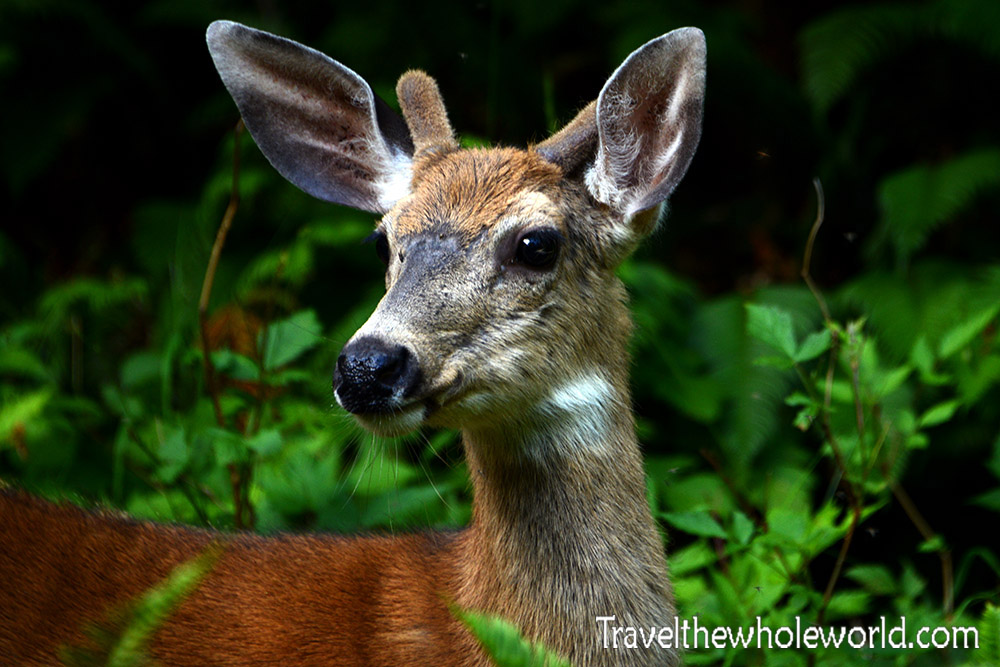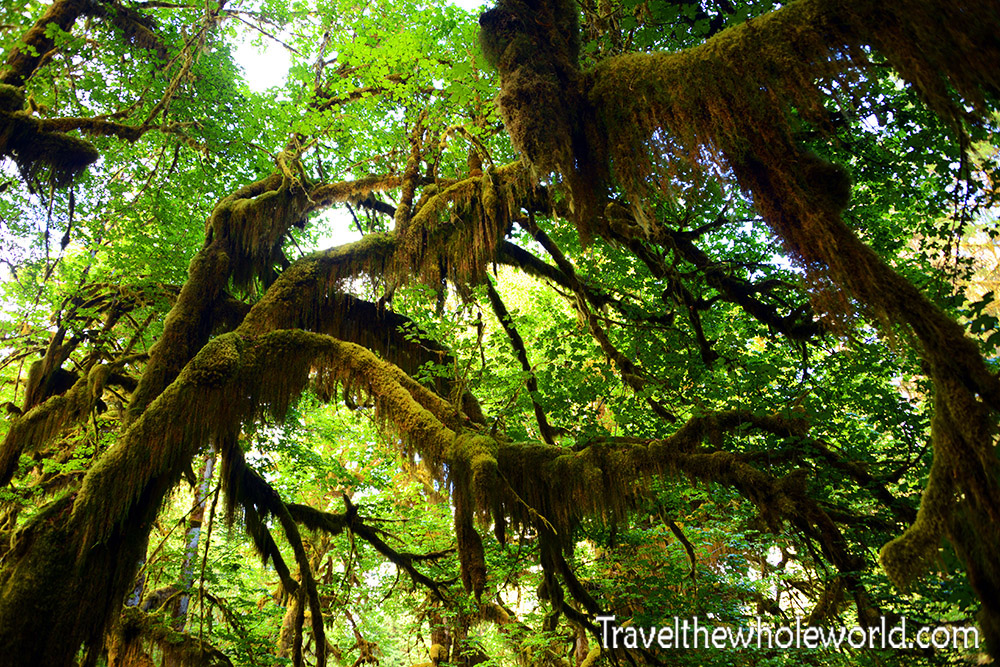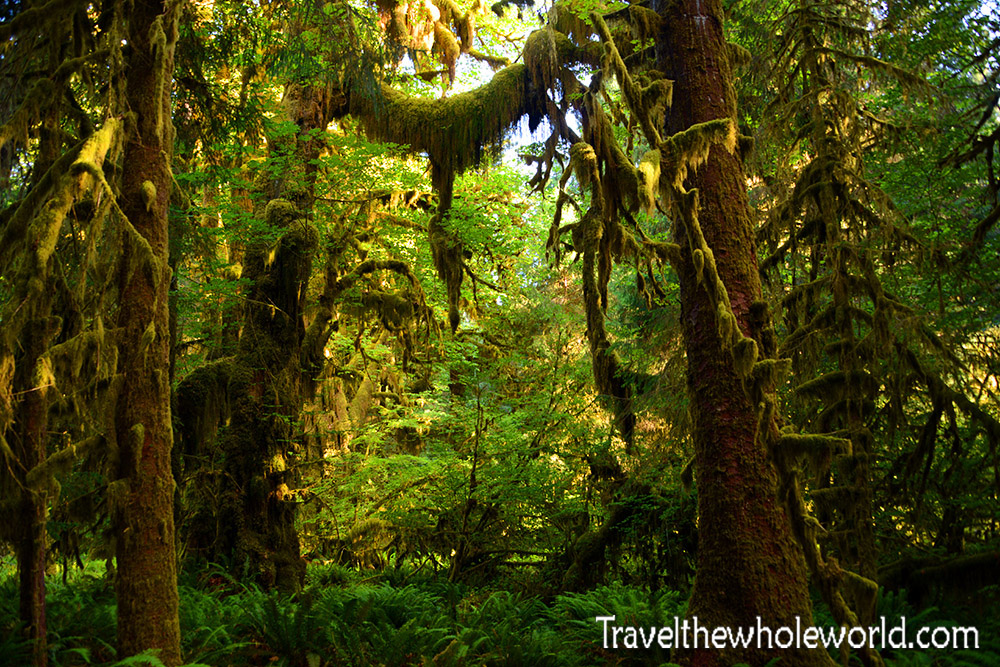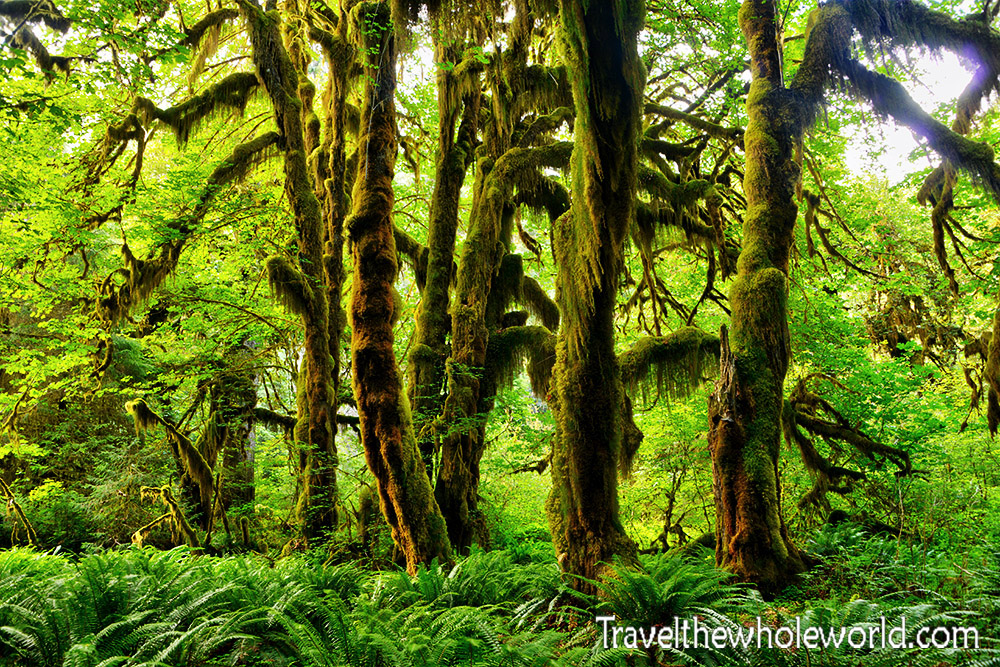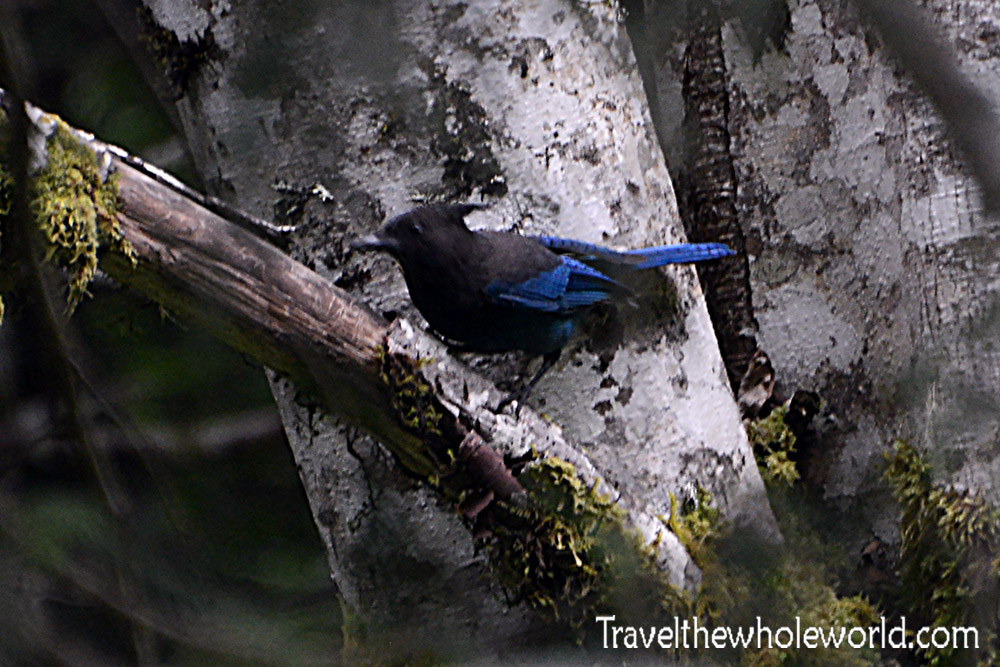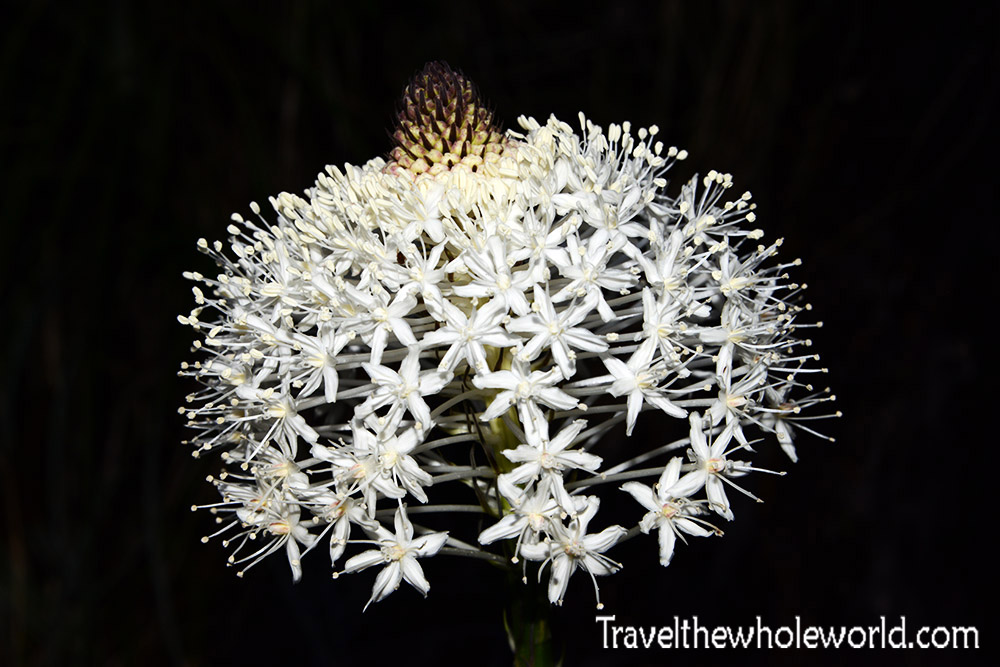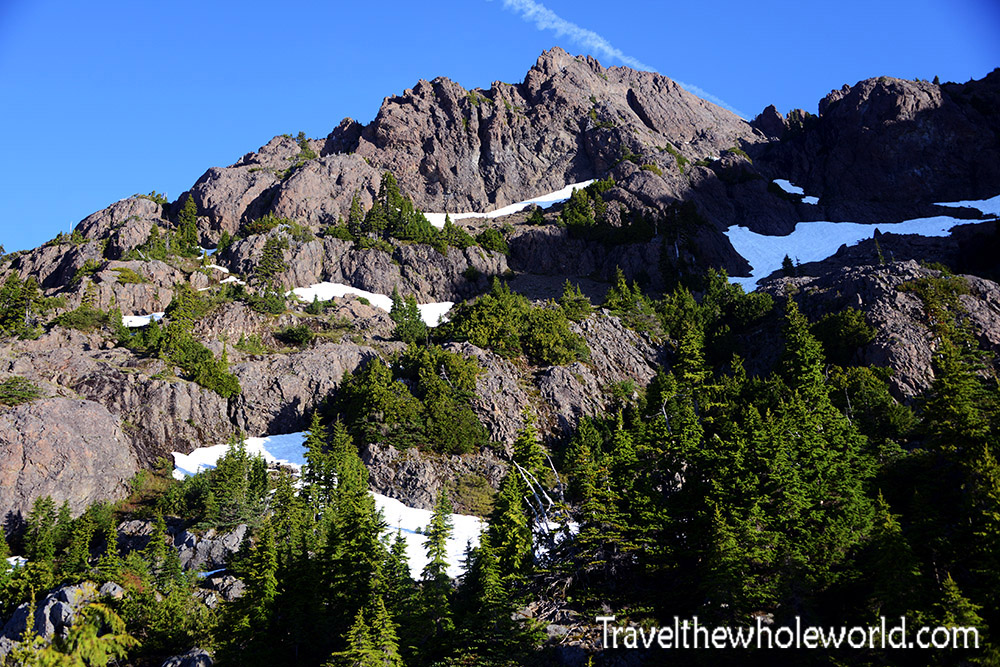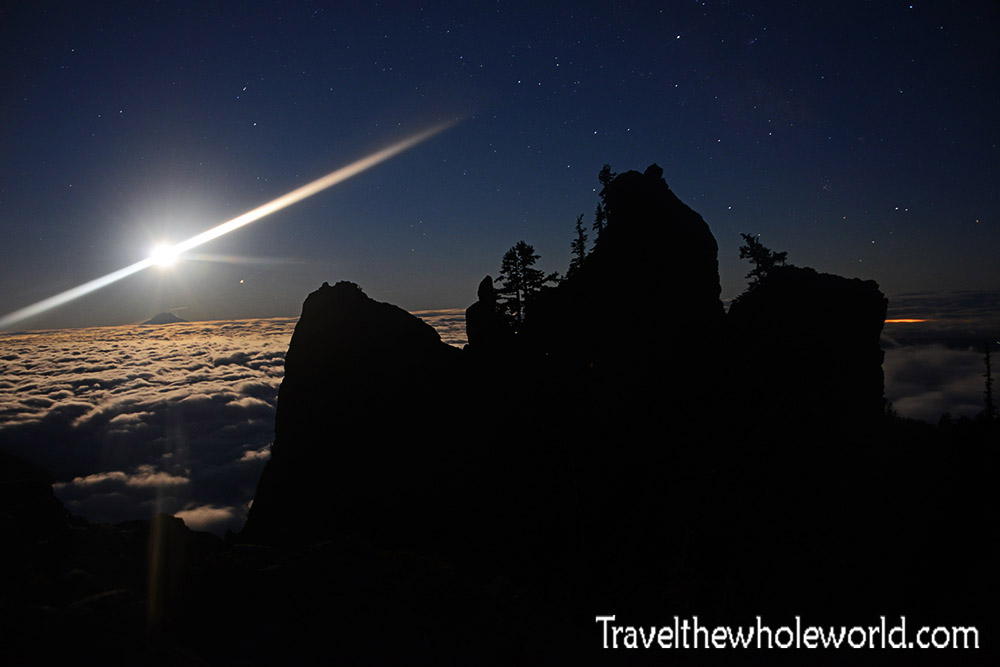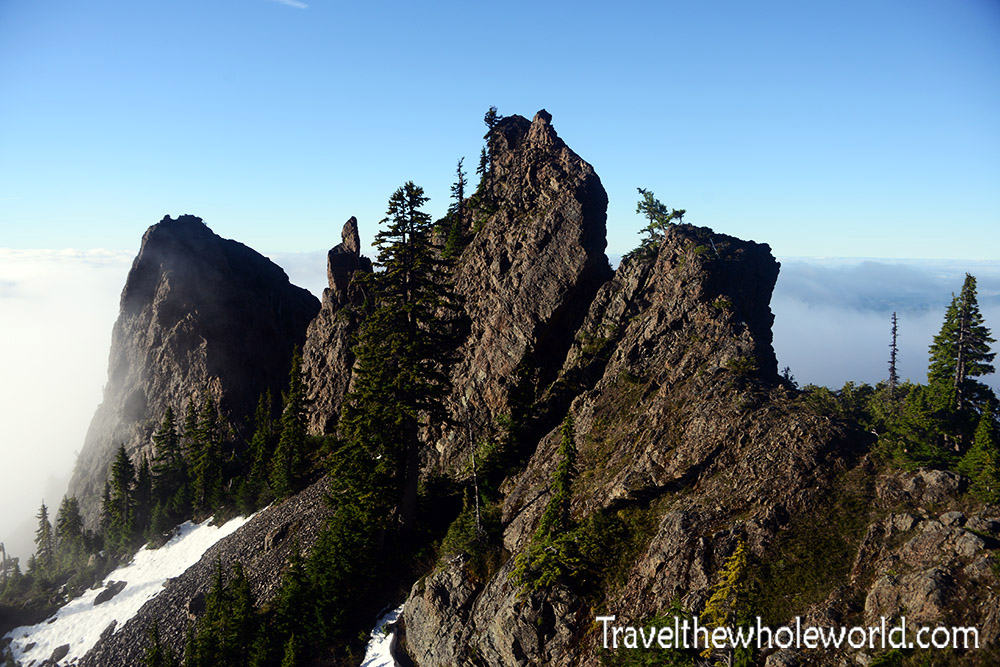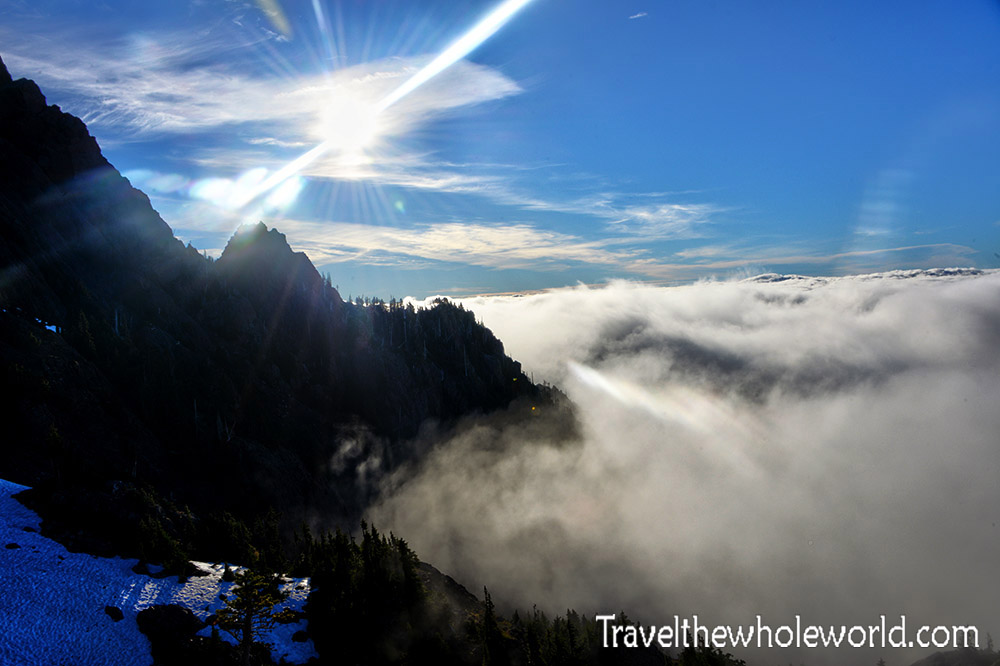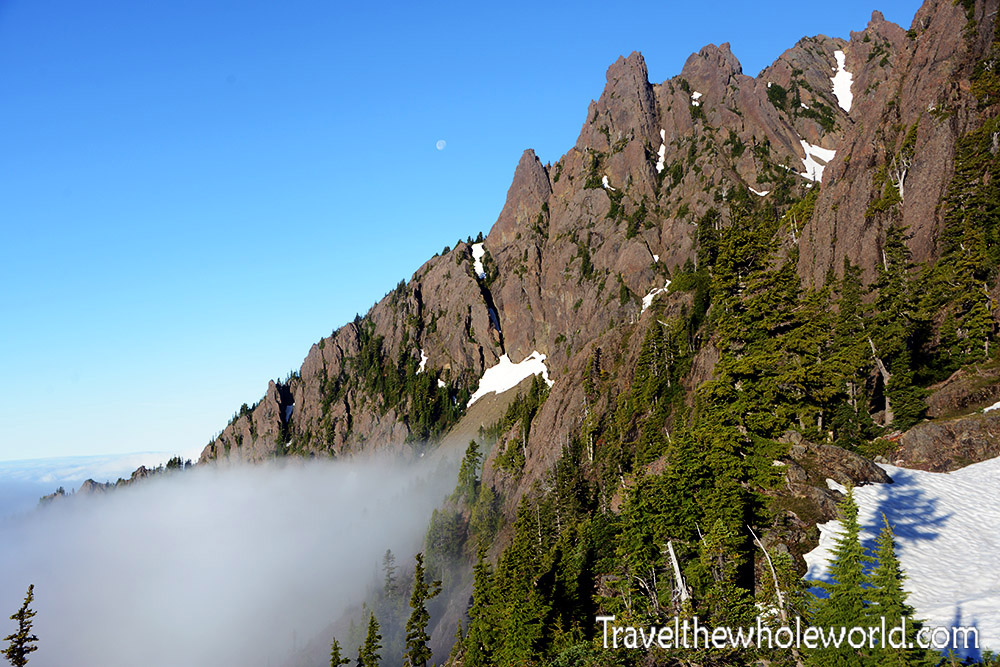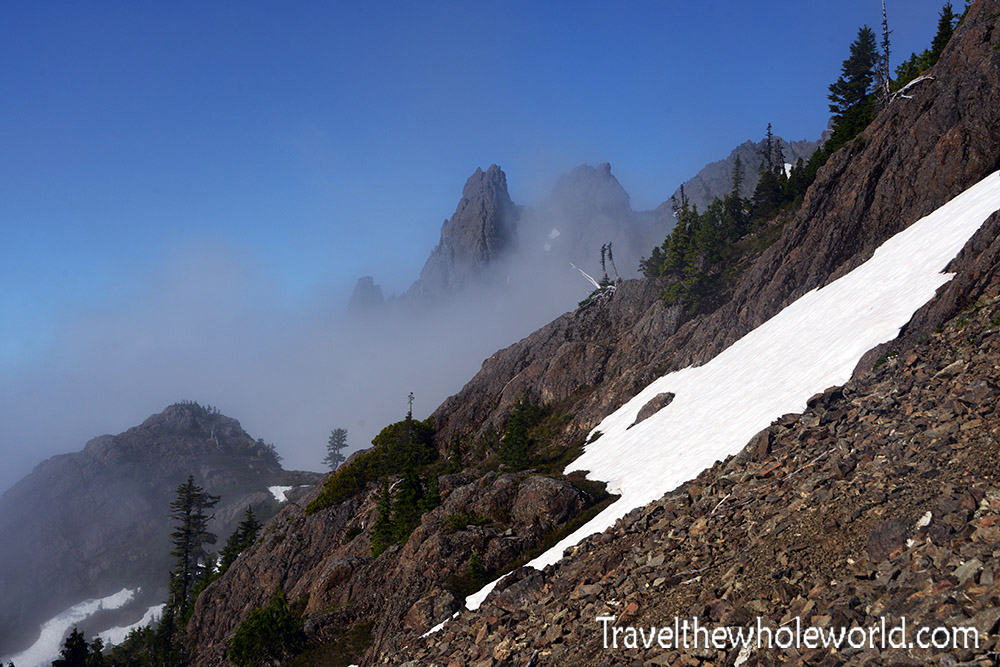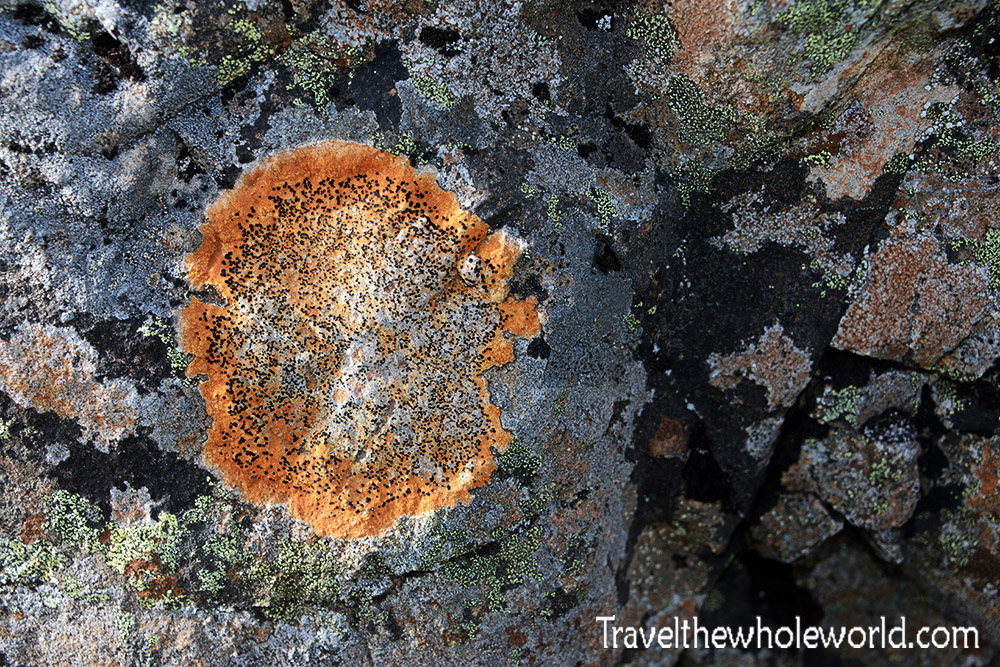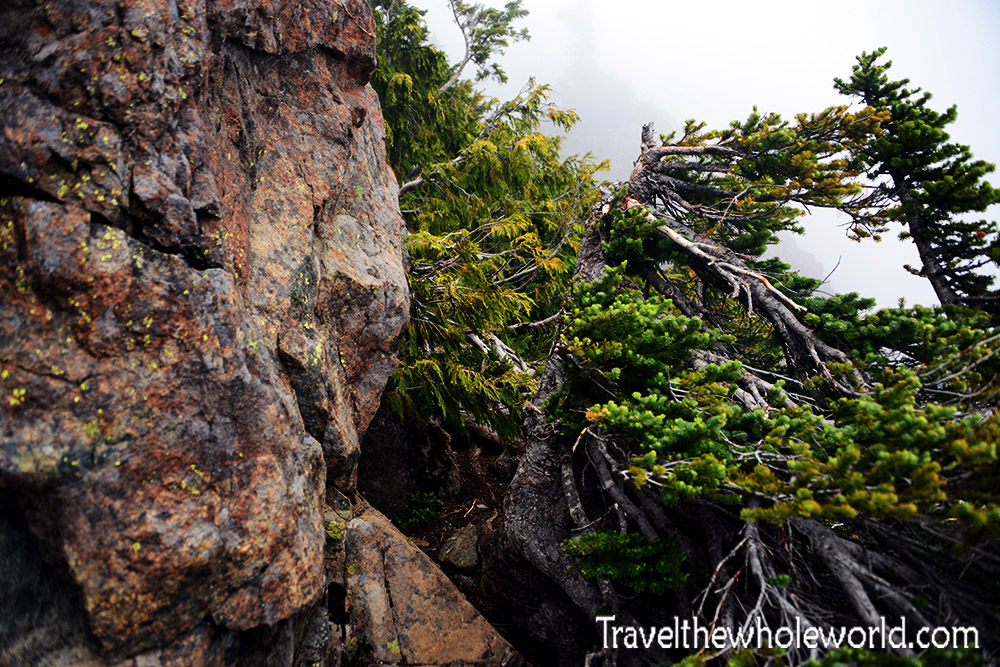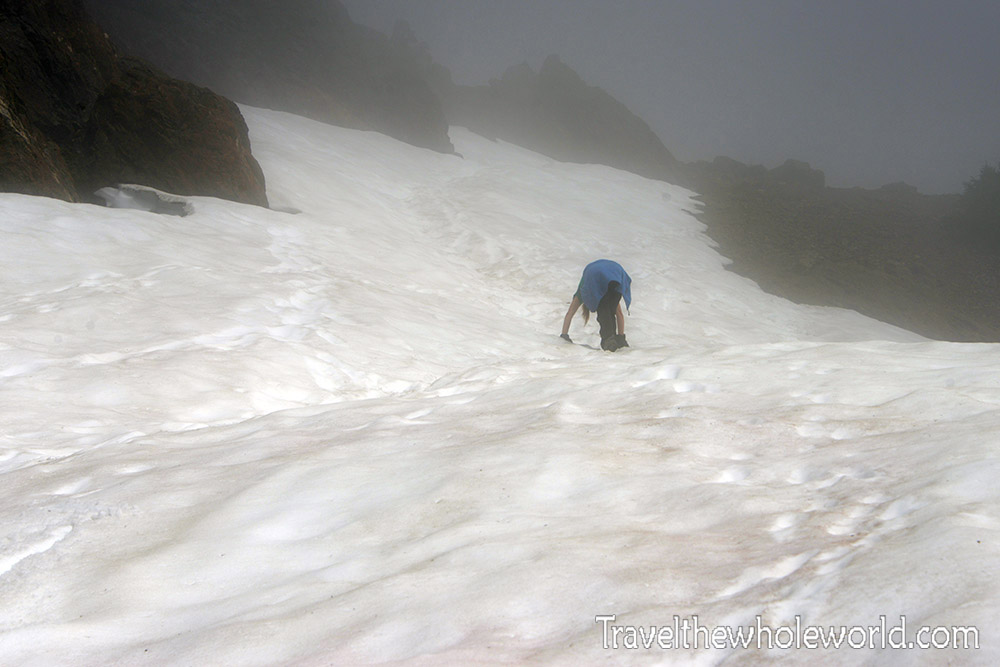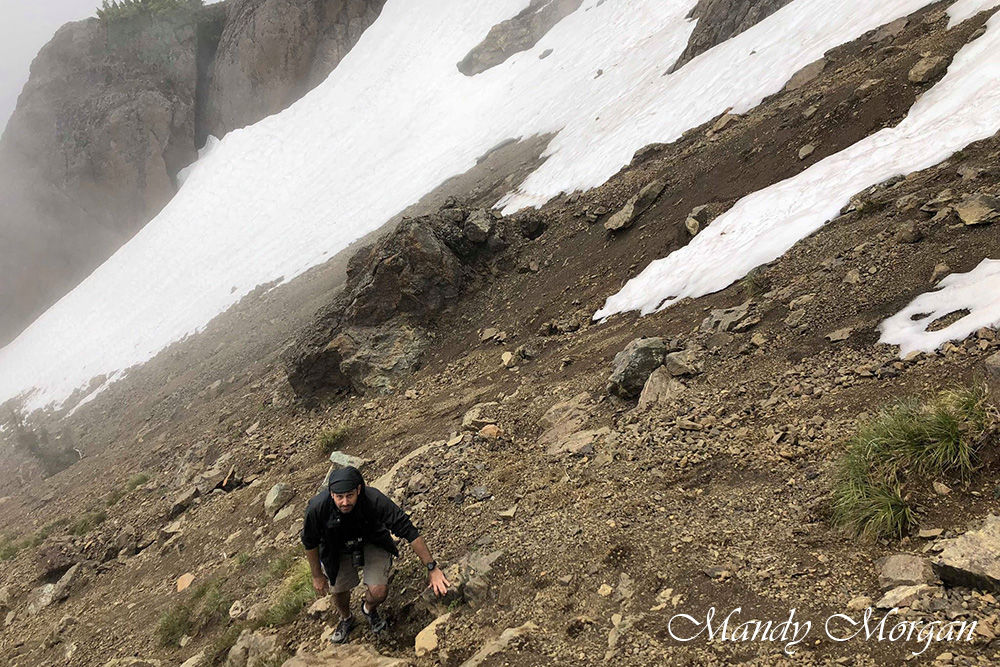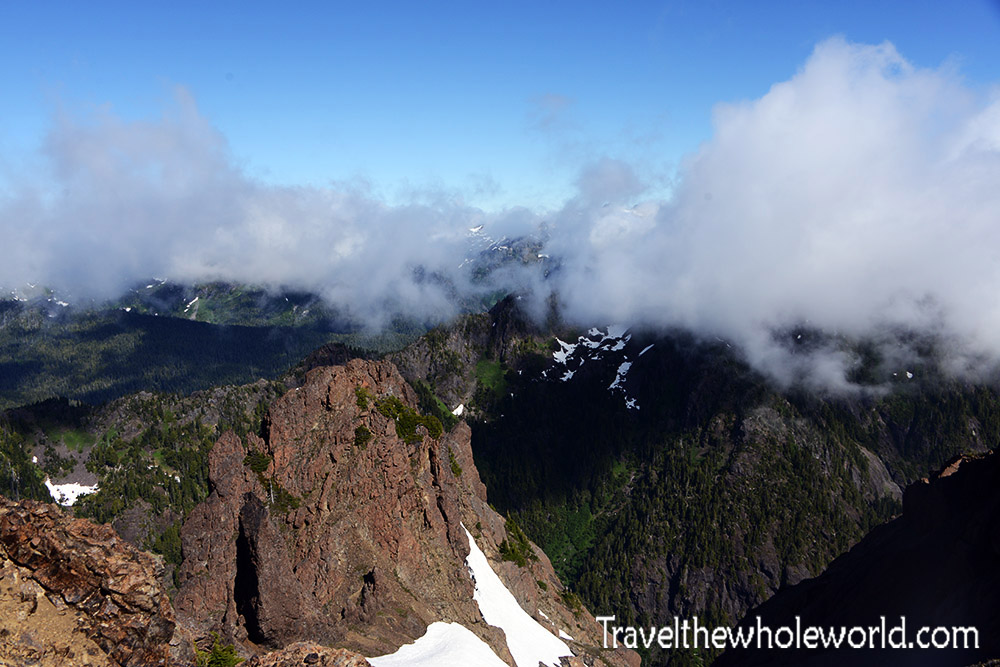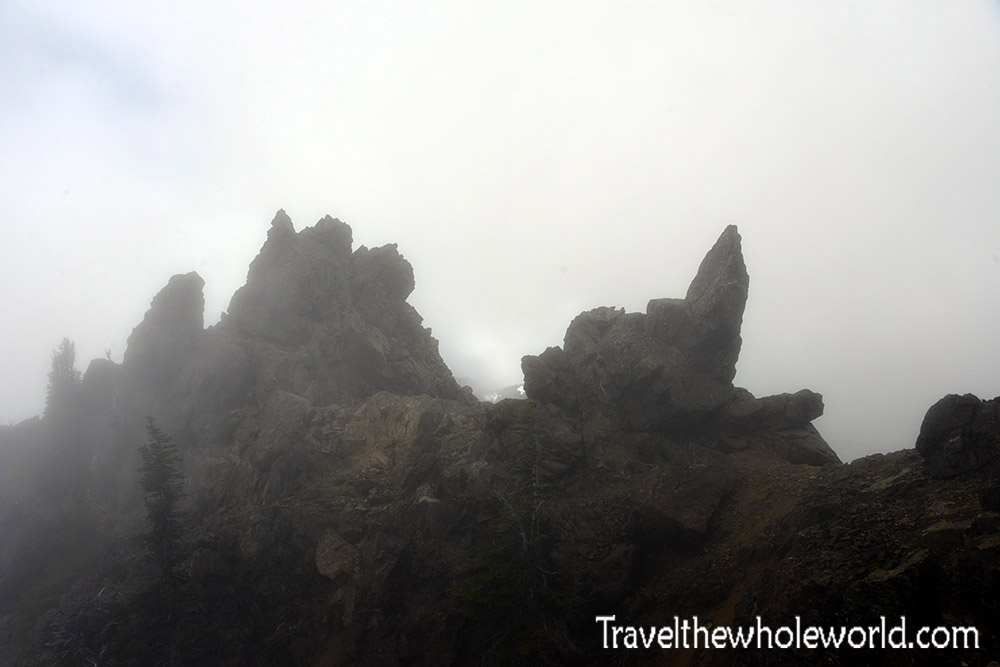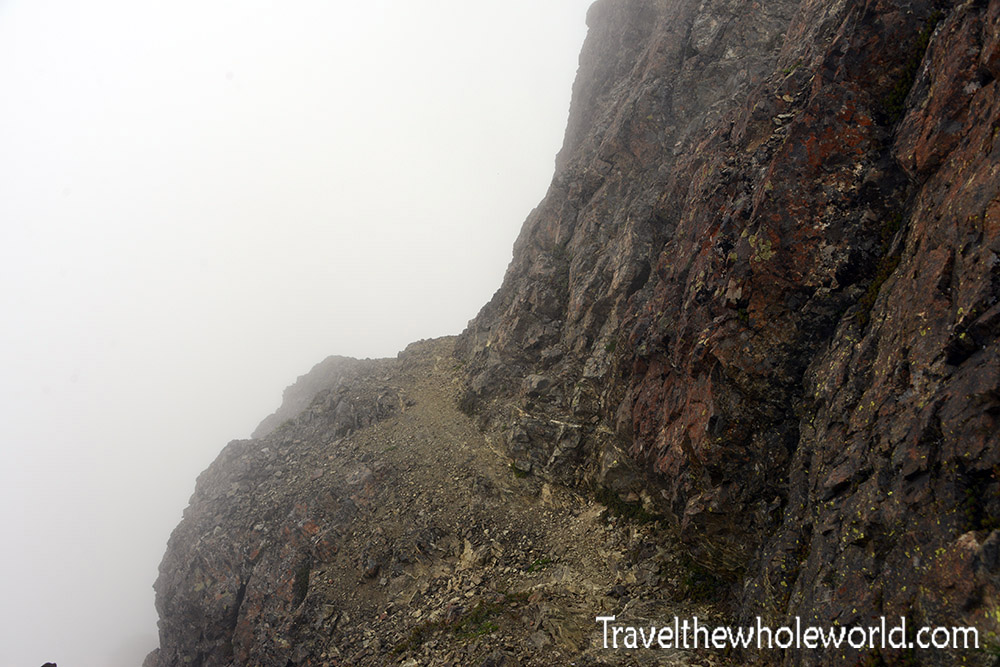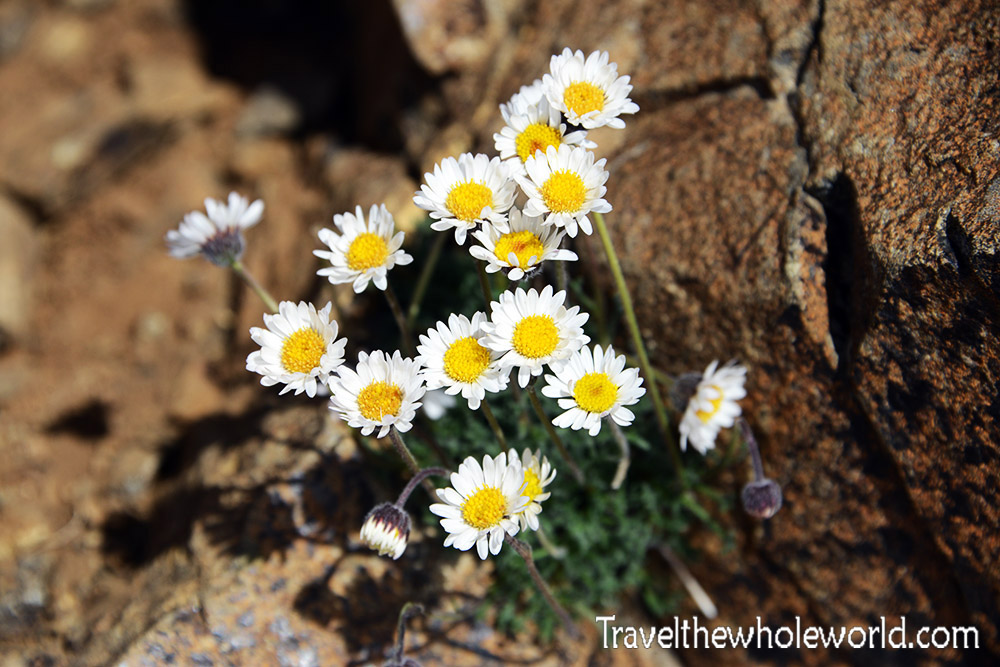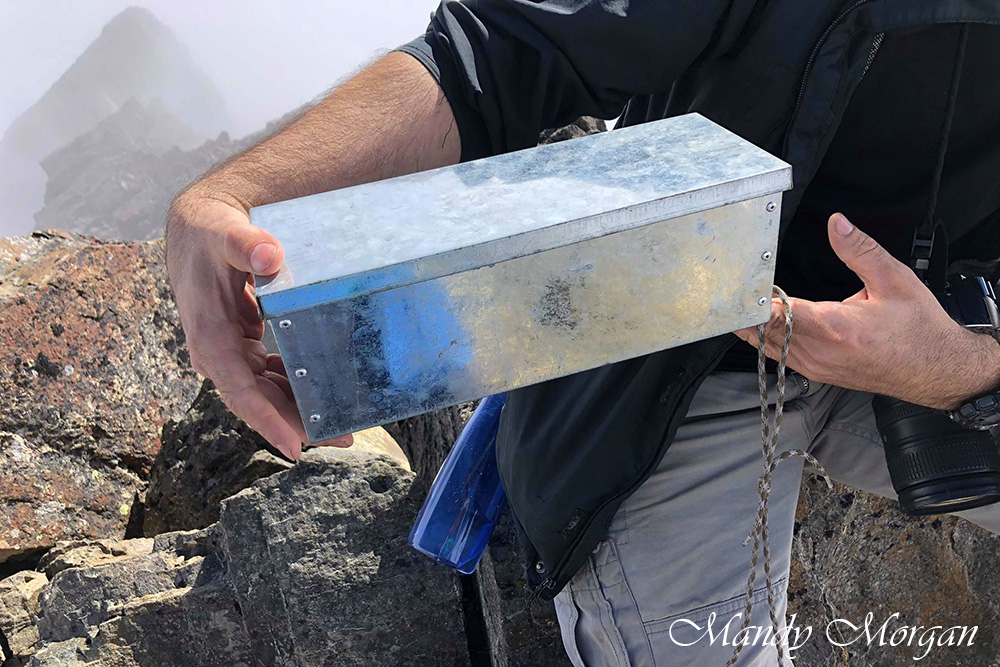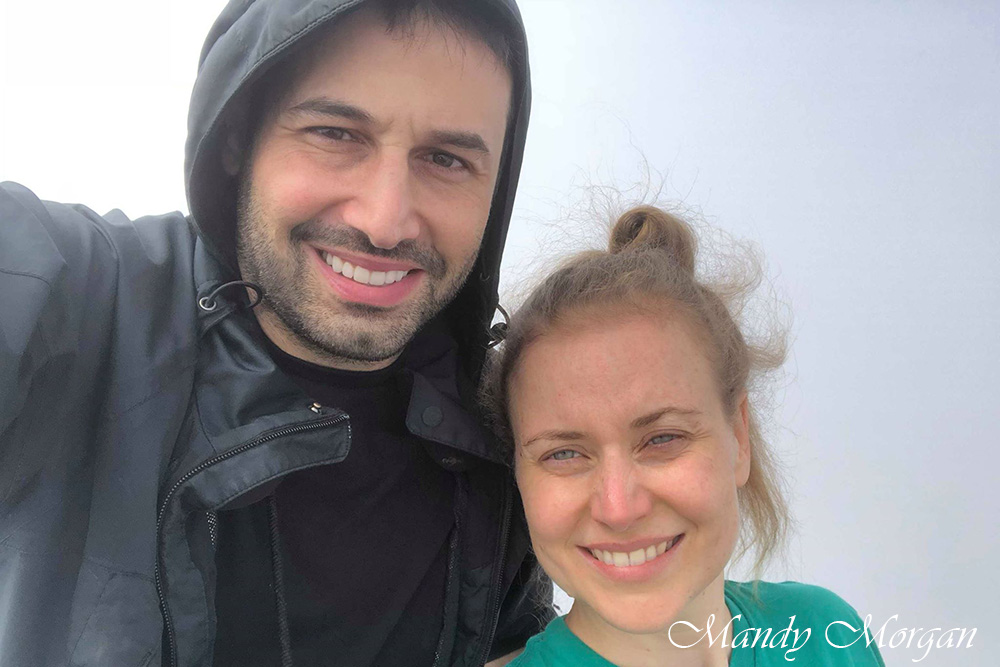Visiting Olympic National Park
If I was able to visit a single place in Washington state, my choice always would have been Olympic national park. Even though I made it to Washington multiple times, it took more than 15 years from my first visit to finally make it here. I really believe this is one of the top five national parks in the country, mostly because of its diverse range of habitats spanning from beaches, temperate rainforests, and even year around snowy mountains.
Along the western coast of the Olympic peninsula, you can find countless beaches to visit. Even in July, a walk through the water proved to be a torturous experience, so swimming isn’t realistic. Luckily there are other options such as kayaking, beach camping, and hiking along the coast. I came to Second Beach after multiple people suggested this place as one of the best for viewing tidepools and scenery. I definitely appreciated the dramatic coastline and even did a short scramble up one of the rock formations for some great views.
Tidepools were something I had never seen before, so I was looking forward to a new experience here in Olympic national park. I’m not sure I can really claim to see them, since I think I arrived too late in the day. Like their name suggests, tidepools, are small pools that continuously fill and empty with the tide. When the tide flows out, you can sometimes find colorful collections of sea life such as starfish, anemones, and more. At first I was a bit disappointed, because everything looked mostly brown. At first glance, this collection of barnacles above and this crab below seemed to be the highlight of the tidepools.
While this wasn’t colorful at all, I did find one of the strangest things I’ve seen along a beach. I wish the picture was clear but that wasn’t possible because of the water flowing back into the sea. In the sand I found this gel like ball that had some rolly-polly like animal running around it in circles. This picture doesn’t really show much and was almost pointless to post, but it was very odd!
So even though I was a bit disappointed in not seeing more colors than my eyes could handle, I realized that if you looked around a bit you could find some interesting things. The pictures above and below show some of the stranger looking sea anemones that I came across.
This one was by far my favorite and the most unique thing I saw in the tidepools. After looking it up, I found out this is a giant green anemone. I was hoping it was something special to at least the Pacific North West, but this guy actually ranges from Alaska all the way south to parts of Central America! The giant green anemone actually looks brown when its above the water, but once the tides roll in it acts like a blooming flower and opens its tentacles up where you can see its bright green colors. So as it turns out visiting the tidepools is like looking for wildlife in the forest; you’ll need a bit of patience and some realistic expectations.
While I was hoping to see at least one or two colorful starfish, I definitely wasn’t expecting to find a bald eagle at Second Beach. Just as I was leaving, I found not one but three of these guys circling above. They were a bit far away so I couldn’t get a great photo, but always an impressive sight!
After I was done with Second Beach, I returned inland by hiking out through a short trail in temperate rainforest. Here I came across some bright yellow berries just minutes from the coast, and further inland I saw the same species but these guys were solid red.
The Seattle region is famous for its non stop winter rain. Most of this is dropped along the Olympic Peninsula which supports temperate rainforests. Of course the rainforest gets rain all year around, but the summer months are some of the driest and best for visiting. These two photos above and below show some of the first sights I saw after entering the Hoh national rainforest.
Everything covered in a hundred different shades of brown and green created some spectacular scenery. Even this creek photographed above had its own bright green plants living under water.
What makes the Hoh rainforest is obviously the scenery. This place reminded me a lot of Carstensz Pyramid, a horrible three week hike I had to do through rainforests to get to one of the Seven Summits. Although the hike there was mostly in tropical rainforests, because of the elevation the temperatures were also cool and like Olympic national park, there were many dramatic peaks rising out of the jungle.
While the rainforests of Carstensz Pyramid were filled with unique animals such as tree kangaroos, I saw absolutely no wildlife. Luckily in this rainforest I came across this deer who had no fear. Bears, elk, mountain lions, and other animals live here, but with the thick foliage you’d be lucky to spot one!
While you’re in the temperate rainforest here, it’s also important not to forget to look up. Some of the most unique scenery is up in the canopy where most of the trees are still blanketed in thick moss. Of course there are also unique birds here, but with the temperate rainforests being so dense it is a difficult place to go bird watching.
This final photo was taken from the Hall of Mosses trail and shows one of the most famous sights of the national park. This grove of maple trees that are draped with heavy moss and surrounded by dark ferns is one of the most picturesque places of the Hoh rainforest. The trail is only about a mile long and pretty flat, so it’s an easy place to reach for all types of visitors. Otherwise for serious hikers, the options here are endless with a few spots that take days to reach!
It wasn’t until I actually visited Olympic national park that I was able to understand the mountains here. I learned over a decade ago to never judge a mountain’s difficulty by its height, but I think the Olympus mountains gave me a new higher understanding of that. With mountains that don’t even reach 8,000 feet (2,500 meters), it’s hard to imagine all the endless challenges here. When my plans for Shuksan fell through due to bad weather rolling in, I decided the day before to try Mt. Washington, a mountain I had never heard of and was just over 6,000 feet (1,800 meters). The hike began in a region far away from the rainforests in more of a thick pine environment. The giant pine trees followed the steep mountainous terrain uphill, and here I saw a Stellar Jay along with a unique plant I came across below.
The hike started off with some pretty steep terrain, at least by east coast standards! After some elevation gain, the trail left the forest and opened up into a large basin where you could view both Mt. Washington and it’s smaller sister mountain Mt. Eleanor. As you can see in the photo, even in July there is still some snow pack remaining in the mountains here.
The hike started off well and the trail was mostly easy to follow. The only questionable area I came across was when it turned into a ravine with an option that went up a steep rock face. I choose to take the face, and it turned out to be a harder climb than I thought. This was a bit of a mistake, because with my heavy backpack the climb felt a bit more challenging. I told my friend to wait, and ended up putting my harness on and placed some protection for myself as I climbed up. We had started our hike much later than planned, so by the time I got up the face it was almost dark. I was originally going to rappel down the face and have my friend who is a rock climber follow me up after I established an anchor, but because we were losing light I figured it’d be best to go down the ravine and we’d both come up that way. Luckily my friend had stayed put and when we arrived at camp we were rewarded with one of the most beautiful views I’ve ever seen. There was a blood moon rising above the low altitude clouds just past the rock formation I had climbed! I missed getting the blood moon in the photo since it lost color quickly, but with this photo you can at least get some idea of how amazing it was.
The next morning brought in beautiful weather, and we were grateful that it hadn’t rained during the night. If you look closely you can barely see my rope still on the third rock pinnacle where I had climbed up the night before. When I had put my harness the day before I had left some of my gear clipped to the wall and almost left it until the morning. Luckily I retrieved it when I went back down the ravine last night and found without a big backpack the climbing there wasn’t such a big deal! I had brought gear for a technical climb if we decided to vary the route, but we chose to go up on the normal route so I left all my technical gear in the tent and we set off for the summit.
You might think the horizontal beam coming out of the moon from my night shot was some intentional effect, but when I took this photo in the morning i realized there was something wrong with my camera. Somehow I might have gotten sunblock or something else on the lens, because after I wiped it off I stopped getting exaggerated lights. This photo was taken at camp towards the summit right before we took off. You can see some early morning clouds were already rising up the valley. The photo below was from the opposite side of our camp towards Mt. Eleanor.
Since we were out of the woods, the hike from our camp towards the summit was a bit different. The steepness remained the same, but instead of a packed trail there were lots of rocky areas covered with scree. The photo below shows some of the lichen I saw across the rocks. As it turns out, there seems to be multiple trails on the normal route that go to the summit. For example when I descended from camp on the way home, we didn’t go through the ravine but went through a trail that ran parallel to it and turned out to be much more annoying and difficult! Likewise on the way up from camp, we took a trail that saw moderate inclines and no snow, but on the way down the most used trail seemed to stick to snow slopes and seemed worse.
After crossing a very short but steep snow section we ended up on some more scree. The whole thing was covered in boot prints, so it was obvious that this was a popular trail, and I was a bit surprised when it seemed to come to a dead end. A big patch of goat fur on a tree gave the trail away, and after stepping past it it was obvious the trail continued.
I had asked the ranger station about snow before doing Mt. Washington and was given the impression there wasn’t much left to worry about. This was mostly true, but there were two short snow sections that had to be crossed. Although an ice ax would have been extremely helpful here I didn’t feel the terrain was that dangerous without it. The slope was steep enough to be concerned, but not in a scary way like other peaks I had climbed. More importantly, the snow was wet and it was extremely easy to kick solid steps in and only took a minute or two to cross. My friend is in the photo above where we crossed the snow slope to the side. In the photo below I’m continuing to scramble up the rocky slope towards the summit.
After the steep section you finally end up on a ridge with the summit block just ahead. For the first time it’s possible to see mountains on the other side of Eleanor and Washington, although by now we had some clouds blocking our view.
To get to the summit block you have to traverse a narrow feature called the Devil’s Horns. After this you’ll be on a narrow and exposed trail that hugs a wall photographed below. The footing was good here and the path was wide enough to not be concerned, but it was definitely a long way down!
After the exposed ridge, there was the riskiest part of the climb. Having done a few class four and five mountains before such as the Carstensz Pyramid or the Matterhorn, I’d say this part of Mt. Washington is a solid class four as well. This wasn’t an exposed edge that you had to climb, but rather a steep scree covered slope with a quick exit off the mountain at its bottom. Maybe because it’s so short it retains the overall class three rating, but the very websites who say this is a class three mountain also acknowledge that any mistake or slip here will be fatal. Maybe for that reason I wasn’t focused on taking pictures and missed a shot that would have shown the dangerous scramble. I did at least get a photo of these flowers that I was surprised to find so close to the summit!
After the annoying scree scramble, you have some easy scrambling with great holds for about a minute up to the summit. From here, we found a tiny summit box that included some ziplocked notepads and even a few markers. I had some very low expectations of Mt. Washington, but with all the beautiful views and multiple challenges along the way I reached the top with a feeling of accomplishment! Even though Mt. Washington is usually done as a simple day climb, I have a new respect for the mountains here in the Olympic range. I had never cared to do Mt. Olympus, but knowing the adventure that must come with it, it’s definitely on my list now!
